Build-A-Rig Round 1: The $1500 PCs and Interviews from Corsair and Zotac
by Ian Cutress on July 8, 2015 5:15 PM EST- Posted in
- Build-A-Rig
- Corsair
- ZOTAC
- Interview
Corsair's 'The Accelerator'
When Dustin from Corsair sent me his build, it was clearly obvious where the focus was. While $1500 is a relatively large budget for a system, when you put in the high value components it starts to get tricky where the rest of the budget should be spent, and sometimes compromises have to be made. As Dustin says in his interview, the build is designed for 4K single monitor gaming, and it clearly shows.
| Corsair's 'The Accelerator' | |||
| Component | Selection | Price as Chosen |
90-Day Average |
| Processor (CPU) | Intel Core i5-4690K | $239.99 | $237.62 |
| Motherboard | GIGABYTE GA-Z97-HD3 | $89.99 | $97.99 |
| Graphics Cards (GPU) | Zotac GTX 980 Ti | $649.99 | $649.99 |
| Memory (DRAM) | Corsair Vengeance Pro 2x8GB DDR3-1866 C9 |
$104.99 | $118.36 |
| Storage (SSD/HDD) | Corsair Force LS 240 GB SSD | $94.99 | $99.51 |
| Power Supply (PSU) | Corsair CS650M Gold | $94.99 | $94.99 |
| Chassis | Corsair Carbide 200R | $59.99 | $59.99 |
| CPU Cooling | Corsair Hydro H60 | $64.99 | $64.33 |
| Operating System | Windows 8.1 64-bit OEM | $99.99 | $99.99 |
| Extras | None | ||
| Total | $1,499.91 | $1,522.77 | |
Processor (CPU) – Intel Core i5-4690K ($240)
In Intel’s processor line, the K branded models are those designed for overclocking. They cost a little bit extra, but with the right cooling can be pushed a few hundred MHz higher. The Core i5-4690K is the Devil’s Canyon quad core model without hyperthreading (the i7 has HT, but costs extra), but I often chosen as the processor that fits on the price/performance boundary for many Intel focused builds.
Motherboard – GIGABYTE GA-Z97-HD3 ($90, total so far $330)
The Z97-HD3 comprises of two factors here. The Z97 is the overclocking chipset, meaning that it fits in well with the overclocking processor. The HD3 is part of GIGABYTE’s channel range, aimed at bulk build systems but still aims to retain GIGABYTE’s level of options (such as Dual BIOS and Realtek ALC1150 audio) at a lower price point. Looking at the build as a whole, it is clear that this is an area where cost was perhaps saved in order to get the price down, otherwise one of GIGABYTE’s OC models might have been on the cards.
Graphics Cards – Zotac GTX 980 Ti ($650, total so far $980)
At almost half the cost of the whole machine, Dustin from Corsair has plumped straight for NVIDIA’s recently released high end performer aimed at 4K gaming. In an element of camaraderie, here we have Zotac’s base version of the card but it represents the core element of the system. Matched with an overclocked i5 and all in for a $1500 price point is perhaps a level of epic specification prodding, although only if the rest of the system can withstand it. The Zotac GTX 980 Ti sits with 2816 CUDA Cores on large Maxwell at 1000/1076 MHz on the core, 6GB of GDDR5 at 7010 (effective) MHz and the stock cooler.
Memory – Corsair Vengeance Pro 16GB (2x8GB) DDR3-1866 ($105, total so far $1085)
For a dual channel platform, Z97 needs at least two memory modules to achieve full memory bandwidth. The dual channel kit here is not the best and brightest, but it does represent a small increase over the base speed (1600 MHz) and for 99% of users, the 16GB amount should be more than enough.
Storage – Corsair Force LS 240GB ($95, total so far $1180)
The sole drive in the system is Corsair’s 240GB budget range drive, featuring the Phison PS3108 controller which Kristian reviewed here. In most cases, especially in 2015, one of the biggest upgrades a system could have is an SSD. Now we are over the initial entry period where some early models had performance issues, almost everything from the big brands should feel speedy. There is still a performance delta between the mid-range and the high-end, as well as some differentiation in utilities or specific features, but for a $1500 build, the SSD should still be a de-facto add.
Power Supply – Corsair CSM Series 650W CS650M 80PLUS Gold ($95, total so far $1275)
In most systems the big power sources are the CPU and the graphics card. For this build, the CPU sits at a TDP of 88W with the GPU at 250W. If we consider that the rest of the system adds on a small amount (~50W), and that we might use some extra power with an overclock (+25%), then 650W is well within the margin for the components used. As we’ll see in the interview in the next page, Corsair is very confident in their power supplies, even ones sitting in the mid-range of their product lines, to power 4K gaming builds.
Chassis – Corsair Carbide Series 200R ($60, total so far $1335)
You may be noticing a pattern here – in order to fit both the i5 and the GTX 980 Ti into the system, Corsair is having to use their entry and mid-range components in order to match the pricing. The 200R here is admittedly a low margin but higher volume product for Corsair, and at $60 we don’t see any aluminium for example. However, Corsair still retains that even their entry level components are suitable for gaming builds of this caliber.
CPU Cooling – Corsair Hydro Series H60 ($65, total so far $1400)
With CPU cooling there is obviously two ways where most companies will go: large air coolers or closed loop liquid coolers (CLLCs). There are a number of vocal detractors from CLLCs, focusing on their cost, design or even concept altogether. Corsair is head first into the CLLC market, meaning it was pretty obvious which direction they would choose. The H60 is another mid-range component, featuring a double-width 12cm single radiator with fans.
Operating System – Microsoft Windows 8.1 64-bit OEM ($100, total so far $1500)
Windows 10 is around the corner, so at this point Windows 8.1 is the defacto choice unless for some reason the builder went with a gaming system built on Linux. This is the OEM edition, meaning limited support, but it will still be viable for an upgrade to Windows 10 when the time comes.
| Corsair's 'The Accelerator' | |||
| Component | Selection | Price as Chosen |
90-Day Average |
| Processor (CPU) | Intel Core i5-4690K | $239.99 | $237.62 |
| Motherboard | GIGABYTE GA-Z97-HD3 | $89.99 | $97.99 |
| Graphics Cards (GPU) | Zotac GTX 980 Ti | $649.99 | $649.99 |
| Memory (DRAM) | Corsair Vengeance Pro 2x8GB DDR3-1866 C9 |
$104.99 | $118.36 |
| Storage (SSD/HDD) | Corsair Force LS 240 GB SSD | $94.99 | $99.51 |
| Power Supply (PSU) | Corsair CS650M Gold | $94.99 | $94.99 |
| Chassis | Corsair Carbide 200R | $59.99 | $59.99 |
| CPU Cooling | Corsair Hydro H60 | $64.99 | $64.33 |
| Operating System | Windows 8.1 64-bit OEM | $99.99 | $99.99 |
| Extras | None | ||
| Total | $1,499.91 | $1,522.77 | |
There are many philosophies regarding building a PC, particularly a gaming PC. Some say that focusing on one high profile component and building the system around it means that when it comes time for an upgrade the user can then spend on the lowest performing part each time before cycling around the system. Others suggest making the system a level playing field, so no one part is left behind acting as a severe bottleneck. With gaming, GPU performance matters, with CPU performance (particularly threads in newer titles) being a key aspect as well. This has perhaps left the rest of the system fighting over scraps, albeit with potential upgrade opportunities in the future. Though one might argue that aesthetics should also be an important aspect, especially on a $1500 build. Some will prefer the muted choice of parts, although others may want something a little more obvious. For that, it is clear that some performance sacrifices might have to be made.


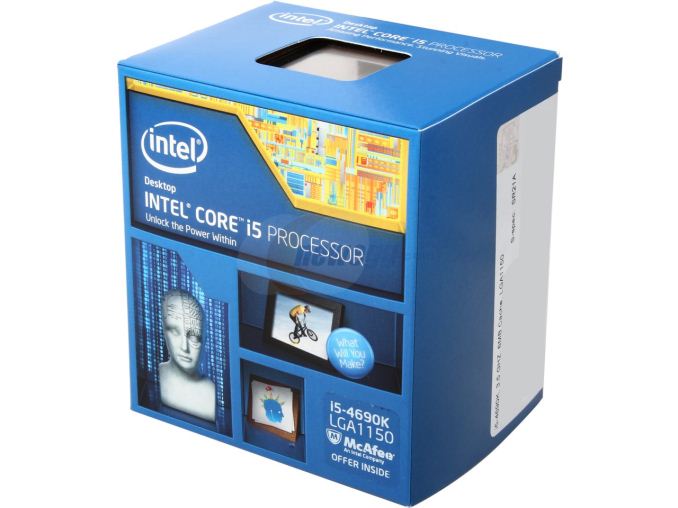
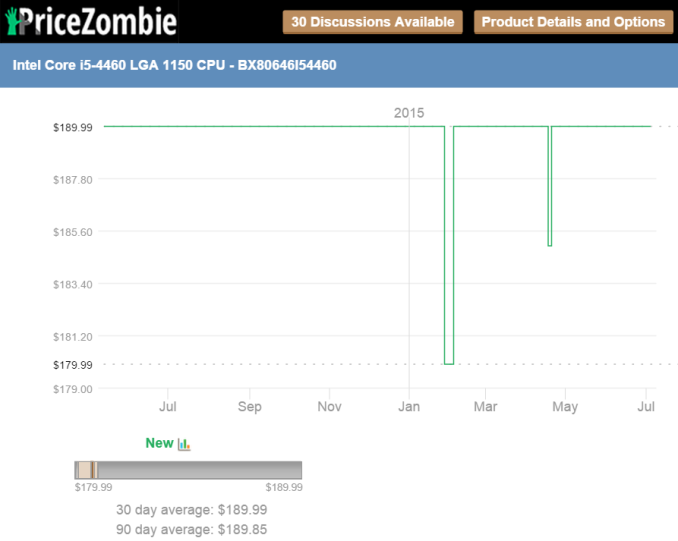
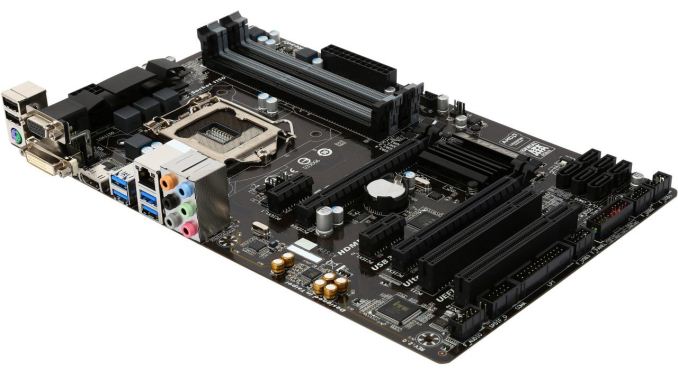
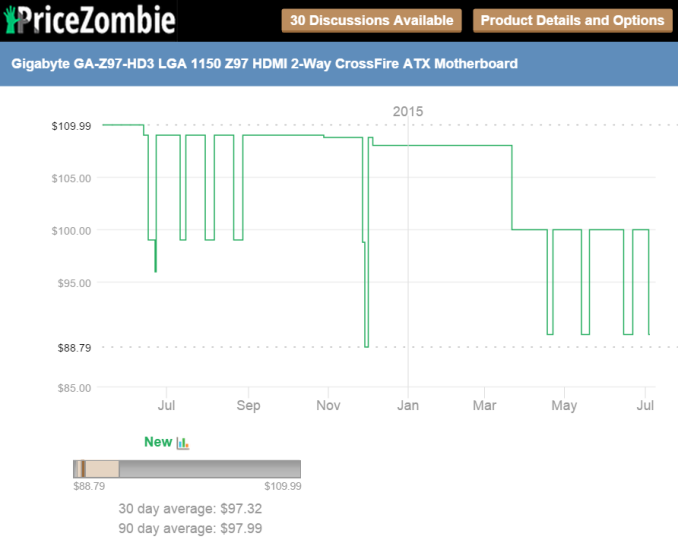
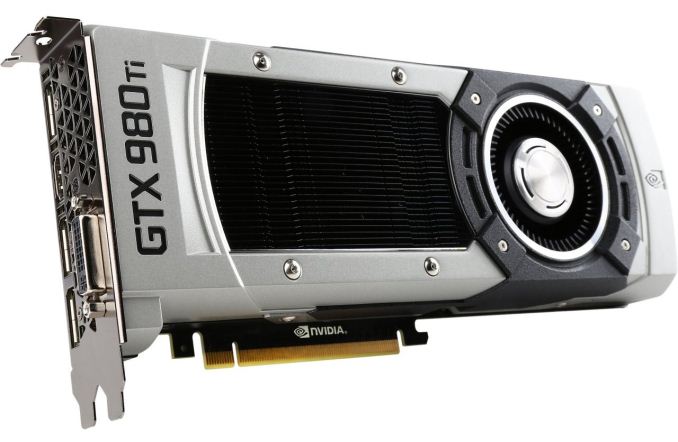
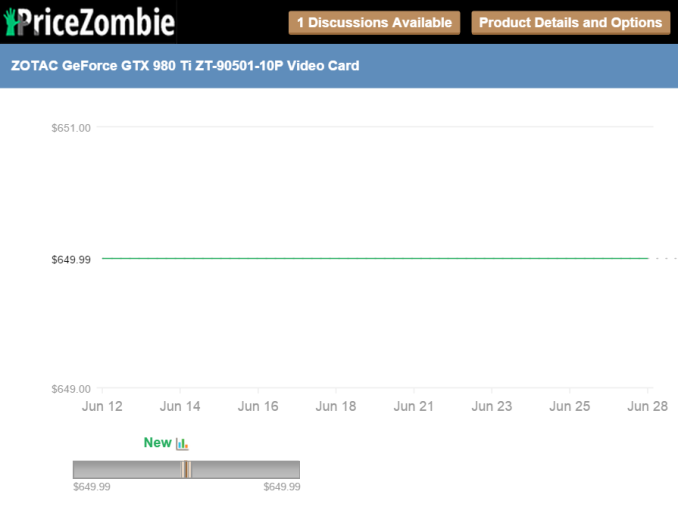
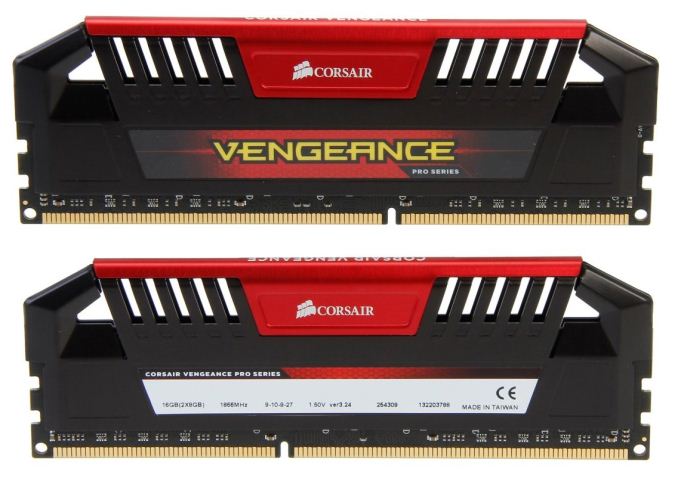

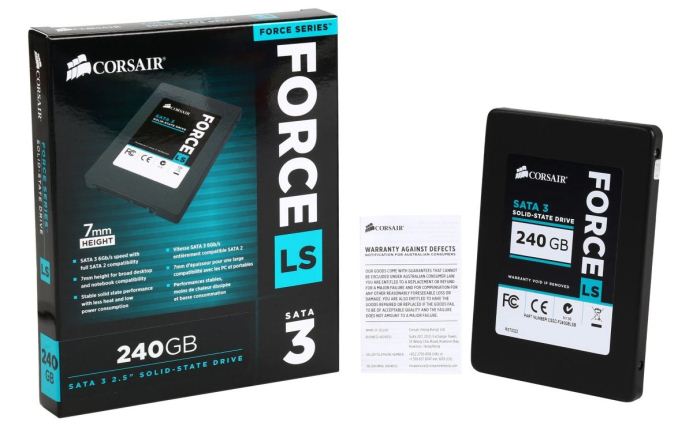
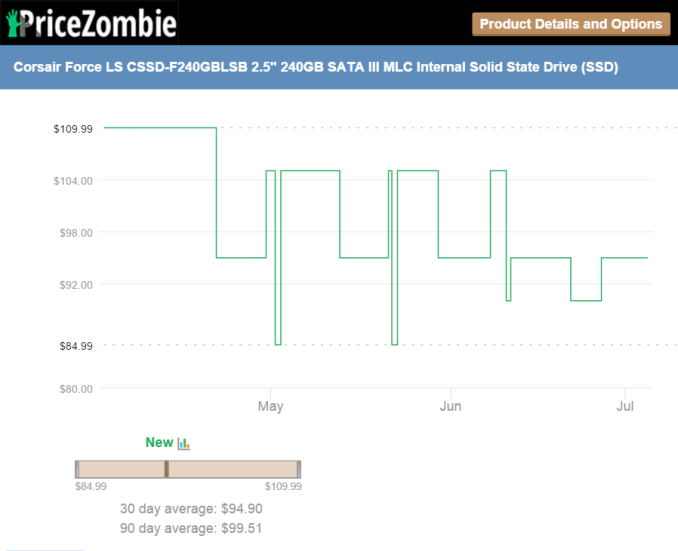


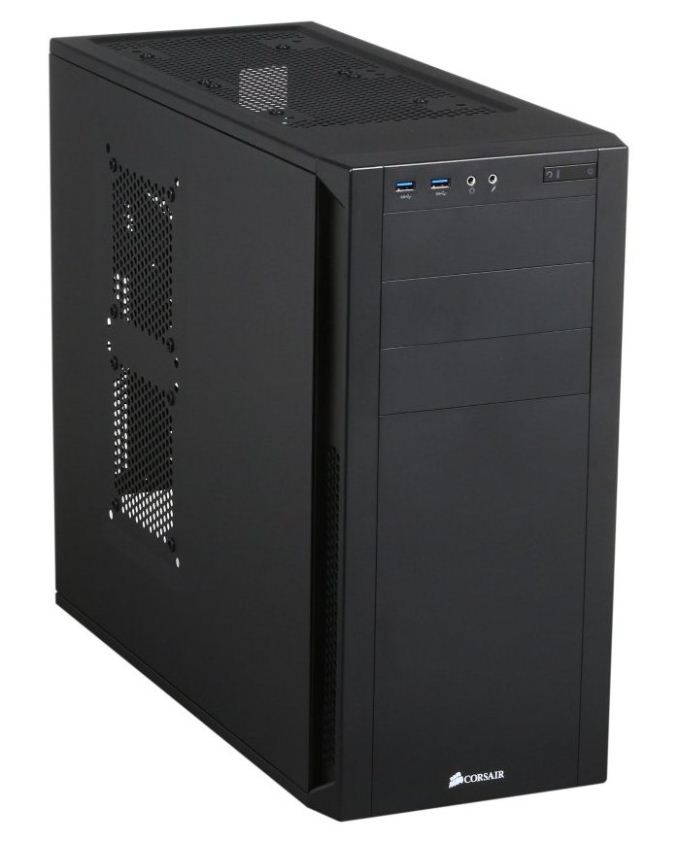
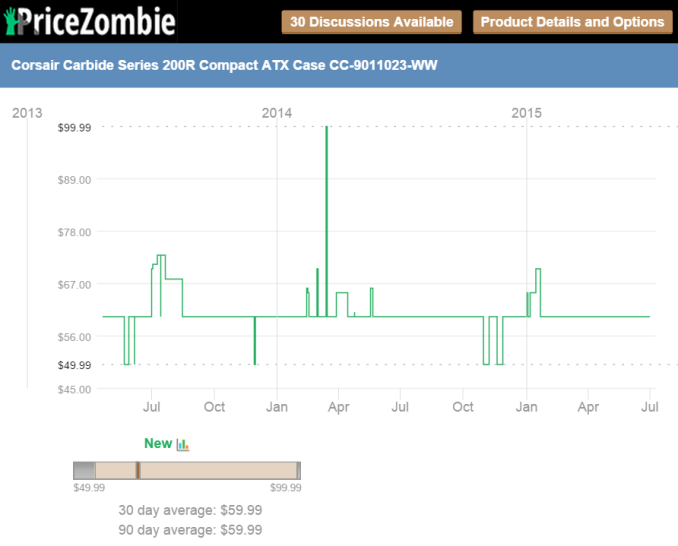
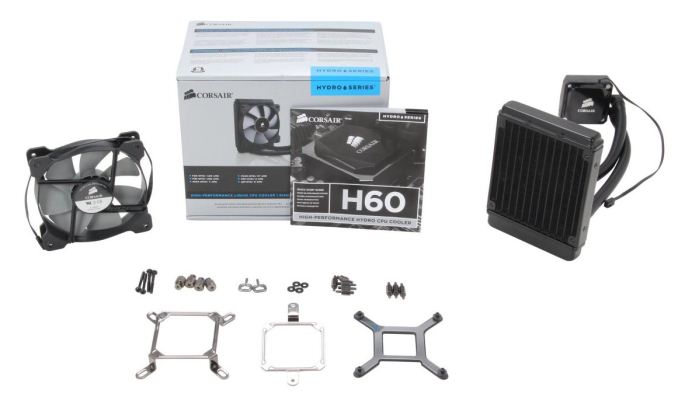
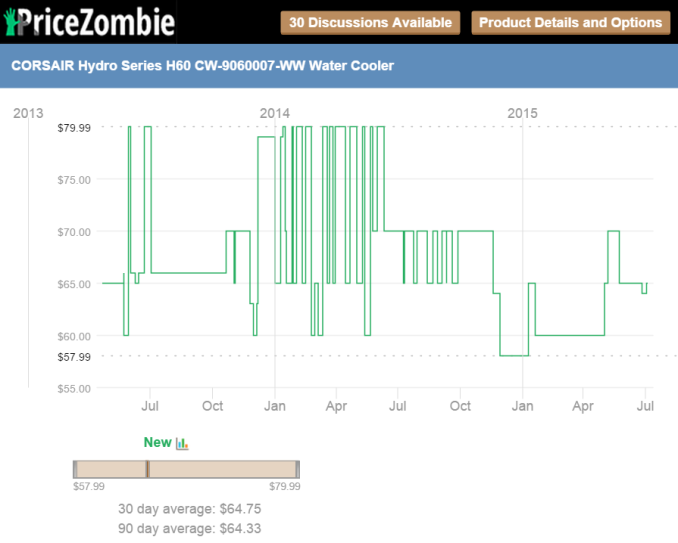
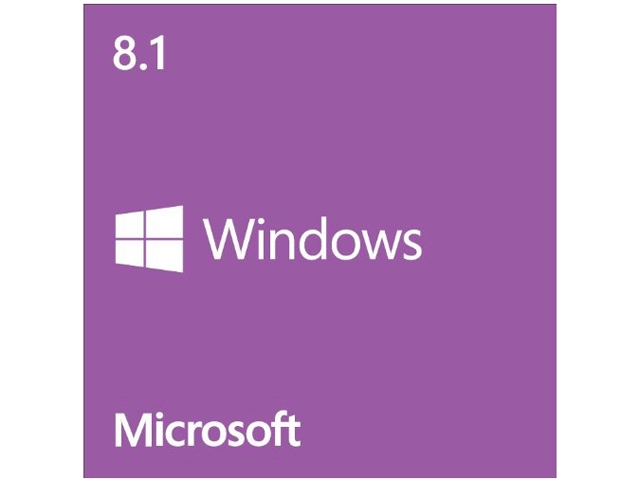
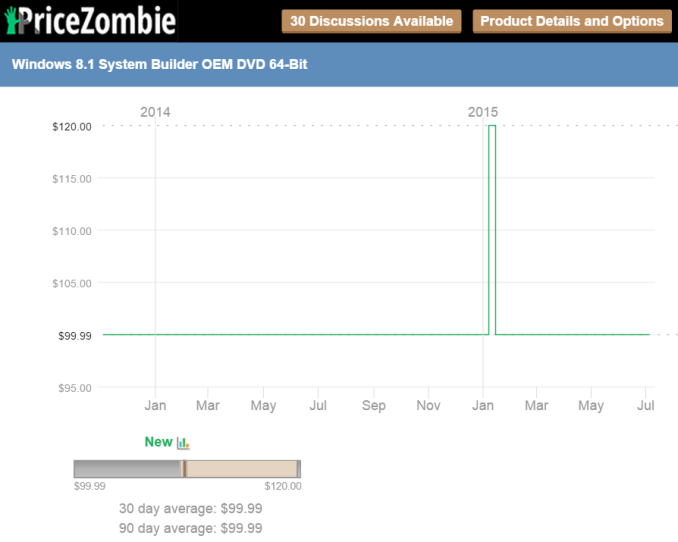














117 Comments
View All Comments
coconutboy - Friday, July 10, 2015 - link
And oh yeah... if I really had to pick a winner...Dustin and Corsair's The Accelerator. GTX 980ti is the trump card in this gamer rig contest/
needforsuv - Saturday, July 11, 2015 - link
i shelled out for an i7, 16 gb of ram and a 720 psu in 2012 and right not NONE of it looks dated in fact i am shoehorning in a strix 980 ti and a 612 pwm soonalso i think 1080p is fine when i've yet to see a review truly push everything down to aa and ao and whatnot
Impulses - Tuesday, July 14, 2015 - link
Ehh, the $50 in cables and lights might look cool to some, but stock cables are arguably neater since they're easier to route and tug taunt...The whole braided cable trend still goes over my head, back in the day we worked our butts off to fold or cut/round PATA cables so we wouldn't have large flat cables sticking out... Now people go out of their way to even stick combs into individually braided runs so it lays flat and visible.
I'm not knocking the choice in the name of aesthetics, I've done things in that vein that probably seem silly to others too, I just don't personally get why it's fashionable.
Cable braiding started as a trend for individual odd colored cables you couldn't mask any other way (like a fan's), the aftermarket PSU cable replacements just seem like the closest thing to bling inside a desktop.
needforsuv - Saturday, July 11, 2015 - link
i focused my current build on mainly workstation performance which means good CPU and RAM so normal parts were used mainly because I see nothing wrong with them (yes i have kingmax memory) but the important things had no expense spared:CPU: i7 2600 - should and does give me tons of futureproof upgrade options w/o bottlenecks
RAM: 16 GB 1333mhz - who cares what brand it is if it works...
GPU: GTX 560 1GB (Seems insuffient for me at the time but coming from a 9500 GT I left it)
HDD: 1TB 7200 rpm Primary and whatever else it has accumulated over the years (MANY TB)
CASE: TT V4 Black - not too fussed here
PSU: 720W E720 - I felt the 500 odd watt psu included was not enough, but If it works...
current state:
GTX 560 failed due to I suspect the workloads I've been giving it so GT 730 1GB 64 bit DDR3 is whats in my pc now until my STRIX GTX 980 Ti arrives
Having now accumulated many TB of hard drives I still feel that I am safe with a 720W peak psu
CPU is fine but stock cooler has to go... in goes a 612 pwm
Changes that I would've like:
Maybe a better PSU
A standard ATX MB vs the Micro-ATX that was included
TallestJon96 - Monday, July 13, 2015 - link
Not to be mean, but Dustin's Build absolutely demolishes Chinny's. I own a 970, but the 980 ti is nearly twice as powerful. Additionally, the i5 is somewhat better. If you guys do benchmarks, I would expect Dustin's to be 60-80% more powerful, and for the same price!GusSmed - Friday, July 17, 2015 - link
I find some of the choices in both builds kind of odd. Namely, storage seems a bit light in both - even the 500 GB SSD. 500 GB is plenty for games, but who among us doesn't us our gaming PCs for other things? In the real world, it's a little crazy not to spend $50-$100 to add a hard drive to the SSD for bulk storage of photos, videos, and music that almost everyone does store, and make the PC a lot more versatile for a very small outlay. Yeah, it cuts into the $1500 budget, but isn't this supposed to be about realistic builds?manweor - Tuesday, July 28, 2015 - link
I personally would spend much less even on a gaming build, but if I wanted good value I would go with:PCPartPicker part list: http://pcpartpicker.com/p/pLwX7P
Price breakdown by merchant: http://pcpartpicker.com/p/pLwX7P/by_merchant/
CPU: Intel Core i5-4460 3.2GHz Quad-Core Processor ($176.95 @ SuperBiiz)
CPU Cooler: Cooler Master Hyper 212 EVO 82.9 CFM Sleeve Bearing CPU Cooler ($25.98 @ OutletPC)
Motherboard: Gigabyte GA-Z97X-SLI ATX LGA1150 Motherboard ($118.88 @ OutletPC)
Memory: G.Skill Ripjaws X Series 8GB (2 x 4GB) DDR3-1600 Memory ($44.99 @ Newegg)
Memory: G.Skill Ripjaws X Series 8GB (2 x 4GB) DDR3-1600 Memory ($44.99 @ Newegg)
Storage: Crucial BX100 250GB 2.5" Solid State Drive ($83.99 @ Newegg)
Storage: Seagate Barracuda 1TB 3.5" 7200RPM Internal Hard Drive ($48.89 @ OutletPC)
Video Card: Gigabyte Radeon R9 290 4GB WINDFORCE Video Card (2-Way CrossFire) ($242.98 @ Newegg)
Video Card: Gigabyte Radeon R9 290 4GB WINDFORCE Video Card (2-Way CrossFire) ($242.98 @ Newegg)
Case: Phanteks Enthoo Pro ATX Full Tower Case ($99.99 @ Amazon)
Power Supply: SeaSonic Platinum 1000W 80+ Platinum Certified Fully-Modular ATX Power Supply ($187.04 @ Newegg)
Operating System: Microsoft Windows 8.1 OEM (64-bit) ($86.98 @ OutletPC)
Total: $1404.64 -> $1506 without rebates
Prices include shipping, taxes, and discounts when available
Generated by PCPartPicker 2015-07-28 09:35 EDT-0400
Of course crossfire performance might vary, but on average you should get better performance than both their builds. Right now r9 290 are stupidly cheap while still yielding very good performance. Even if CF is not working you still have a really good card, nearly on par with the gtx 970.
If I wanted to stick with Chinni's build I would get an Evo as cpu cooler for 30$, a good seasonic 620 Bronze PSU for 80$, a cheaper MOBO for 90$ and save on those 70$ of niceties, saving 240$ and getting the exact same performance.